A traditional forcemeat, meat mousse, mousseline or farce is a stuffing made of meat pureed with egg, bread, cream, or possibly all three, depending on who you ask. This is a technique for anyone that's a fan of meatloaf, sausage, meatballs, or almost any preparation for meat that involves it being ground. I'll show you how to make it, and what you can do with it.
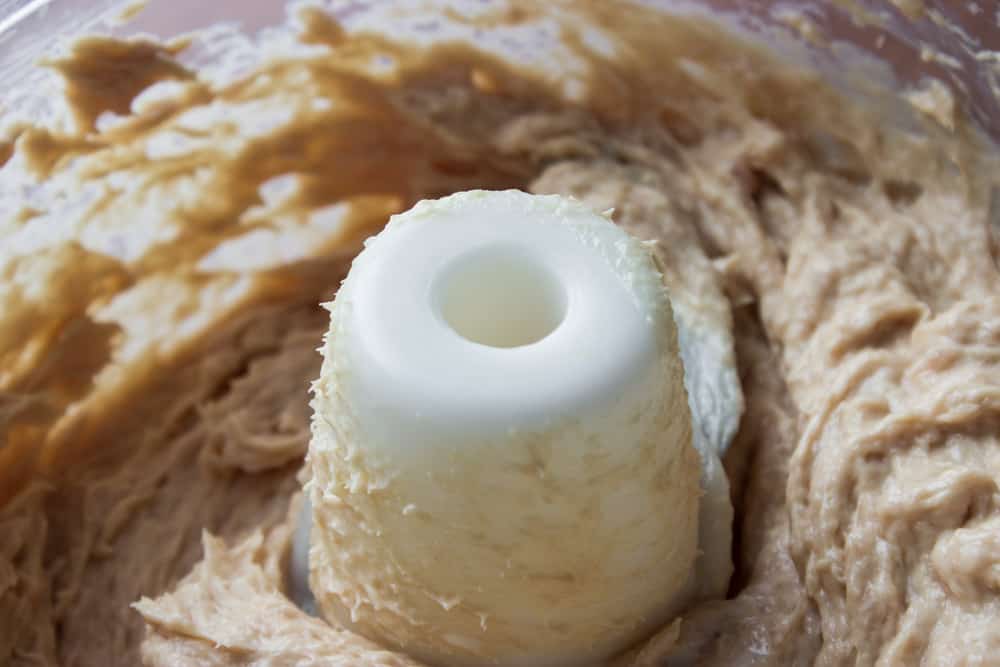
I like to only use bread since egg will expand when cooked and if the meat mixture is stuffed in something like ravioli, this expansion may cause it to explode.
Mousseline vs. Forcemeat
Forcemeat and mousseline are two different things to me, but often they're used interchangeably, especially by chefs in America the same way you might find find a country pate on one menu and a country terrine on another menu. To me, a mousseline to me is a type of forcemeat, but a forcemeat isn't necessarily a mousseline.
Whenever I put the word mousse on the menu I want the texture of whatever it is to be evocative of a mousse, that is, light, airy, and delicate. Forcemeats can be more compact, and I will sometimes omit the cream or egg white that incorporates more air into the mixture if I'm going to describe something as a forcemeat.
That being said, I've never explicitly described something on a menu as a forcemeat since it sounds less than appetizing, I generally hide behind names like terrine, pate, or gateau, depending on what I'm making.
In history, forcemeats were reserved for the upper classes and aristocracy, as they were labor intensive and required culinary know-how. With our modern food processors, you can make dishes using forcemeat at home, which means you and your friends will be the ones eating like royalty.

Often forcemeats may contain liver or other offal, which is a great way to lighten and subdue the irony taste of organ meats especially soft textured liver. By pureeing the offal with a bit of lighter tasting meat and trim, you achieve a delicate and subtle organ flavor, as opposed to something that tastes like a mouthful of pennies-a very useful trick when cooking with game, lamb or goats, or poultry with stronger tasting organs like ducks and geese.

To Pass, or Not?
All the old school recipes will say you have to pass forcemeats and meat mousses through a tamis sieve, and, it does give a better texture. If you want a very smooth texture and your forcemeat isn't very silky, then I recommend it, but it's a lot of work, especially if you don't have a full time dishwasher to pick chicken sinew out of your mesh strainer.
For along time I thought that the only reason to pass forcemeat through a tamis sieve was to get a finer texture, it does another trick too though.
Passing forcemeat through a mousseline not only separates out sinew and tissue, it can help make the forcemeat emulsify completely be removing larger particles of meat or sinew that hold moisture differently than other pieces, which, creates texture in the finished product--something you might not necessarily want. From my experience though, most people can't tell the difference in a finished dish.
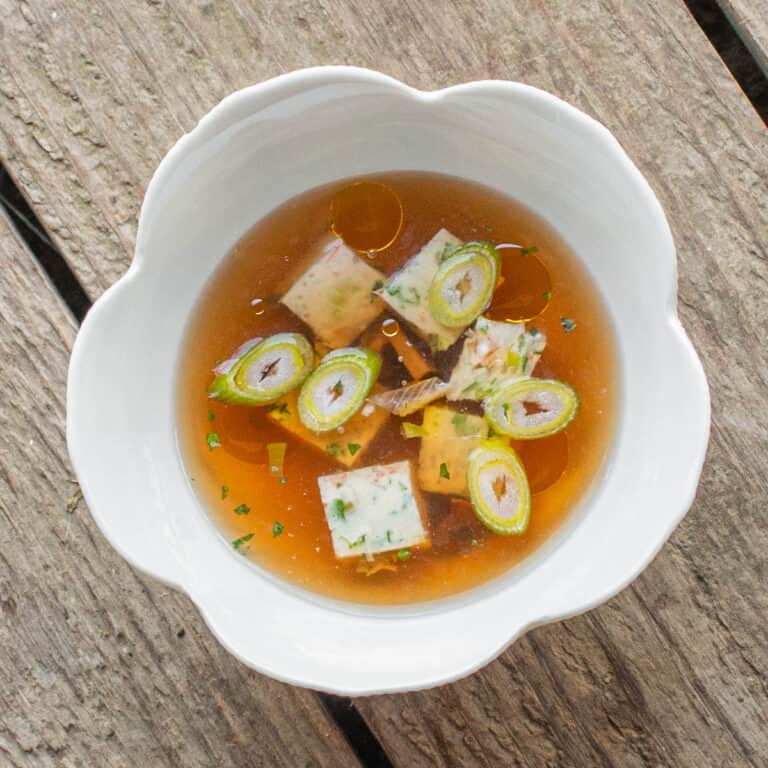
That being said, my mousseline recipe below is much smoother than my rustic forcemeat recipe here in this post. If you use the mousseline, which contains egg white that helps get it smooth, a great emulsification is easy to get at home, and you can forget about using a sieve for the most part, in my opinion.
A little while ago I was doing an experiment making chicken mousse, I passed half of the mousse through a tamis sieve, and left half as is. I cooked both in crocks in a water bath, then compared their texture after cooking. The mousse that hadn't been passed exuded all kinds of water and liquid, it was misshaped and lumpy.
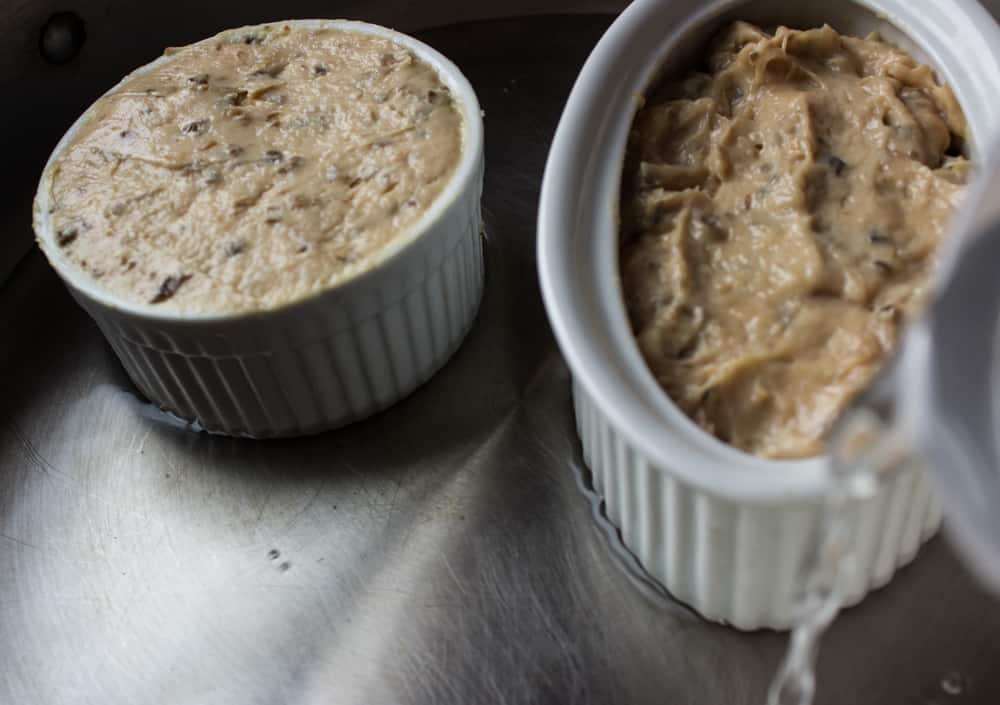
The mousse that had been passed through the tamis was still the exact shape as when it had gone into the mold: it had lost little to no liquid. Suffice to say that passing your mousse creates a superior product by far, but it takes time, and as long as your mousse isn't overcooked, your guests probably won't know the difference.
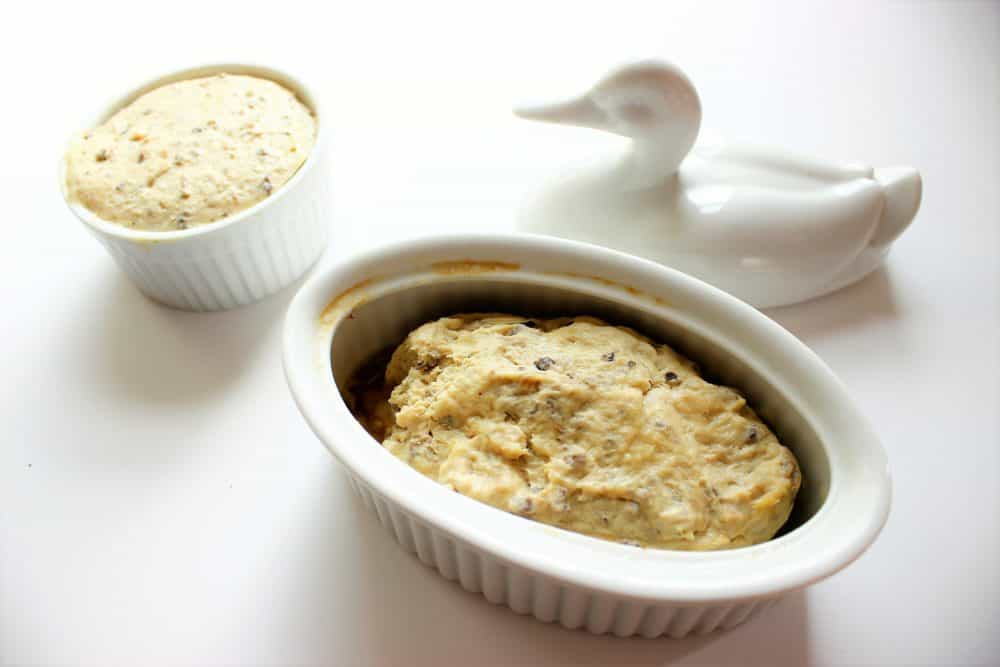
Here are some easy ways I'd reccomend playing around with forcemeat at home:
- Substitute 25% of the meat in your favorite meatloaf or meat ball recipe
- By itself, or flavored with fresh herbs it makes a decadent homemade ravioli filling
- Forcemeat is also traditionally used in Steak or Roast "En Creppinette" see a basic break down of that here
Basic Forcemeat
Equipment
- Food processor Tamis sieve
Ingredients
- 6 oz chopped meat/trim from cleaning a roast collected scraps, etc.
- 1 oz white bread crust removed
- ¼ cup cream Milk or half and half may also be substituted, cream is the best choice for texture due to its high fat content, which will help in the emulsification process to ensure it doesn't break.
- ¼ teaspoon kosher salt
- Pinch of white pepper optional
- Pinch of nutmeg optional
- ½ teaspoon of chopped garlic optional
Instructions
- Chop the meat, whatever type you are using, and chill it well, you can even place it in the freezer for 10 min, the colder the better.
- Place the bread in a bowl and cover with the cream. Make sure it is saturated well with the cream. (This is a great use for old, crusty stale bread that is too hard to eat, and is most likely what was used in historical forcemeats, as nothing was wasted)
- When the meat is well chilled, place it in the bowl of a food processor and add the bread soaked in cream, squeezing the cream out into a separate container.
- Begin pureeing the meat by pulsing the food processor, adding the soaked bread, garlic, pepper, nutmeg and the salt.
- When the mixture is coming together and looks like paste, turn the food processor onto the continuous cycle and start drizzling in cream until the mixture is fluffy, light in color, and you can see no chunks of meat left. You may need to scrape down the sides of the food processor to incorporate all the meat.
- Cook a small piece to test the flavor, adjust as needed, then refrigerate in an air tight container until needed.
Notes
Basic Mousseline
Ingredients
- 1 lb chilled fish scrap or trim bones and skin carefully removed
- 5 egg whites chilled
- ¼ cup cream chilled
- ½ teaspoon kosher salt
- A few scrapes of lemon zest optional
- 1 teaspoon each chopped tarragon parsley, and chives (optional)
Instructions
- Roughly chop the fish trim, then put in the bowl of a food processor with the salt and pulse until thick and pasty, add the egg whites one at a time and continue to process the mixture until very smooth and emulsified. Finally drizzle in the chilled cream, then transfer the mixture to a bowl and fold in any seasonings by hand in a bowl. Cook a small piece to test the flavor, adjust as needed, then refrigerate in an air tight container until needed.
Notes
Recipes
Here's a few examples of how I use this in the kitchen
- Peacock Neck Sausage
- Black Trumpet-Peacock Dumplings in Broth, With Sweet Corn and Amaranth
- Northern Pike Dumplings in Yellowfoot Chanterelle Consomme
- Shrimp Mousseline



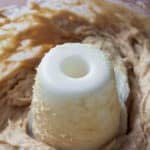
J J
I just made an oyster mousse that was then stuffed in a mushroom and fried.
The texture was grainy and not overly smooth. Any thoughts on why this would happen?
Do you think it was over blending?
Alan Bergo
Hi J J. Sounds like the emulsion broke. Overblending can heat the mixture which will cause that too happen.
KIRK BAILEY
I’ve seen chefs make beef Wellington with a green farce layer around the meat would that likely be a chicken and spinach farce??
Alan Bergo
Possibly, that or blanched parsley.
Chelsea
Thanks for sharing your tips.
If you were to make chicken farce, would you prefer using breasts or thighs of chicken? Do you think there will be significant difference?
Alan Bergo
You could use both. But. Thighs are hard working muscles composed of slow-twitch muscle fiber, containing higher amounts of intramuscular fat, which basically translates to a more flavorful, interesting forcemeat. You could do either though, just don't over-cook one made from white meat.
Chelsea
Very helpful and insightful information! Would the colour looks less appealing since thighs belong to the dark meat category while breasts under white?
Million thanks!
Alan Bergo
Their will be a slight color difference, but I don't think it's anything to worry about too much. Both types of meat will give a good mousse. On a related note, mousseline made from game bird breasts is an excellent way to by-pass their toughness, especially with things like pheasant. I have an example of that on the site, just search for "pheasant mousse".
David
What size/gauge Tamis would you use to pass forcemeat through? #80? #120? or something not as fine?
Alan Bergo
Doesn't have to be crazy fine, especially for home use, I'd go with the larger gauge since they're easier to clean. Picking poultry forcemeat out of a tamis sucks.
Chris Avanozian
One trick I learned at a restaurant that employed one of those full-time dishwashers you mentioned in your article is to bake the tamis in the oven to harden the sinew and gristle. It's then a simple matter of scraping the screen with a dry stainless steel pad to remove the dried particles then washing as normal.
Tixi
How about an Asian forcemeat, or filling for Chinese dumpling? Any tips?
Alan Bergo
I don't use too many Asian ingredients. I would search online, sorry I can't be of more help. I would assume some star anise or a pinch of 5-spice powder would be great, I occasionally use that instead of French 4 spice blend when I make terrines, pates, and similar things.
James
I've made asian style chicken/shrimp quenelles using this method. I spiced them with soy sauce, roasted sesame oil, oyster sauce, garlic, ginger, pepper, 5 spice powder, and a touch of sugar. Came out fabulous.
Pork/shrimp would be great too.
Alan Bergo
Thanks James. Great flavor combo there.
Lorine
Question - I have an geriatric small dog that (long story short) will only eat food after I eat some to prove there's no meds hidden in it. Needless to say, she eats people food... I'm not sampling dog food. But being 15, her teeth are bothering her and I was looking for a meat mousse to feed her. How would you suggest cooking it so that it's easier to eat? Would wonton wrappers work?
Alan Bergo
Yes wonton wrappers will be fine. What I would suggest is what I feed my cat: freeze dried pucks of raw meat. I crumble them up, add a little warm water and stir. It's very soft, but still raw and cats and dogs go crazy for it. Here's the link.